Lice are small parasites that live on the human body and feed on blood. They rarely cause serious health problems, but they are annoying and extremely contagious, especially among school children.

Extremely contagious
Contrary to popular belief, lice are not a sign of poor hygiene. On the contrary - they prefer clean hair to dirty hair. They are quickly transmitted from person to person with headgear, combs and towels, and most importantly, by the physical touch of the heads. Their only host is man, and they spend all their life on their scalp. The louse bites into the tiny skin capillary on the scalp where it feeds about every four hours. We do not feel the bite because it injects an anesthetic into the skin. Later, the bites start to itch and with the consequent scratching we can cause a purulent infection.
How they reproduce
Lice are very productive. Each female lays an average of eight oval eggs per night. Glue one by one to the beginning of the hair. After about seven days, a young hungry louse - a larva - hatches. A white eggshell or nit remains attached to the hair. The larvae also suck human blood and are already able to reproduce after ten days.
How we discover them
A child's frequent scratching is one of the indicators of usability, but it occurs with a delay of several days. Adult head lice are grayish-white to brown in color and very small. Precisely because of their small size and rapid movement, they are very difficult to detect. Lice are most easily detected if the scalp is examined strand by strand with a thick comb. After each pull of the strand of hair, wipe the comb with a paper towel and observe the presence of lice or eggs or. nits. It is easier than lice to detect their eggs. Live eggs are creamy brown in color, and empty eggshells are colored white.
Lice removal today
Today, the market is dominated by preparations that act mechanically, so lice cannot develop resistance to them. Despite the same active ingredient, there are also differences in formulations between the products, so it is very important that patients follow the instructions for use, as this is the only way to achieve proven effectiveness of the preparation. One of the substances that destroys lice and nits is liquid paraffin. This dissolves the waxy envelope of nits and lice and suffocates the latter. Silicone oils such as dimethicone and cyclomethicone are also often found in products. These work by blocking the airways of lice and nits.
Measures against ears
Preventing the recurrence of lice is just as important as initial scurvy. All combs, brushes, bedding, towels and clothes are washed in hot water with at least 60 o C. We can also steam-iron or dry-clean clothes, vacuum carpets and upholstered furniture. If personal items or clothing do not tolerate high temperatures, destroy them or seal them tightly in a plastic bag for at least two weeks to keep the lice from dying. It is important that you immediately report the information about the lice to the kindergarten or school and also to the friends or people you have been in contact with.
Paranit, head lice expert
Paranit. Europe's leading manufacturer of ear products is aware that removing lice from a child's head is a stressful task. which requires a lot of time. Paranit is constantly researching how it can help you solve this inconvenience in an effective and approaching way. We offer you a comprehensive family of products tailored to different groups and cover everything from ear protection, lice and nits removal and additional care. Paranit products do not contain insecticides and act only mechanically, so lice cannot develop resistance to them.





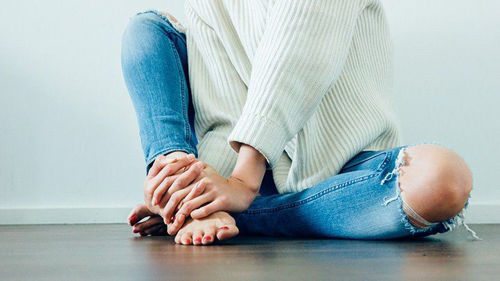
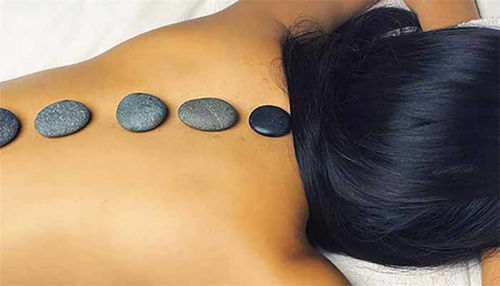
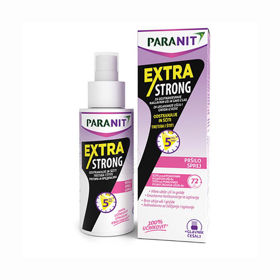
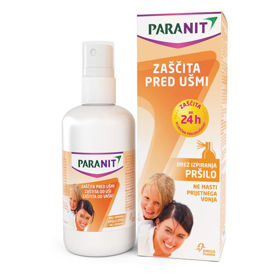
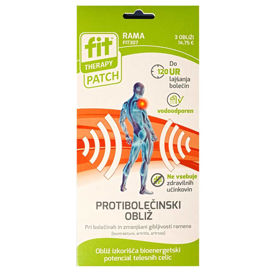
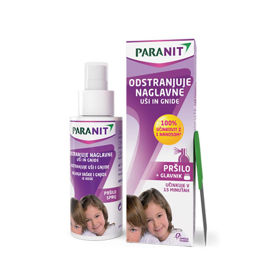

 Facebook
Facebook
 Instagram
Instagram
 info@moja-lekarna.com
info@moja-lekarna.com

